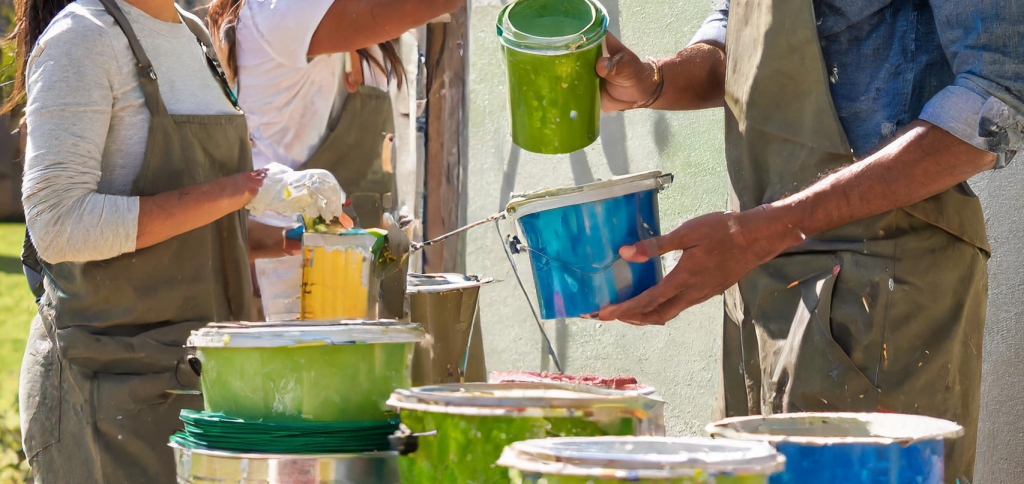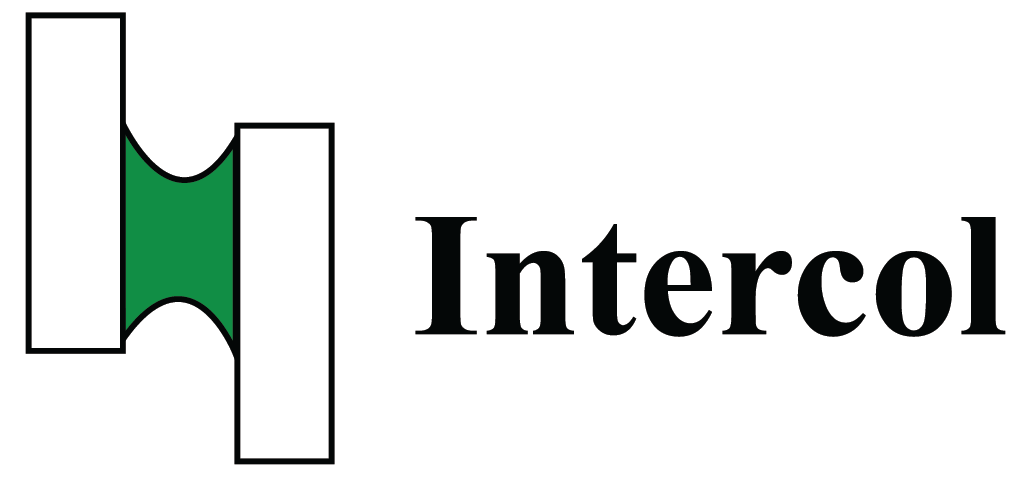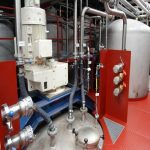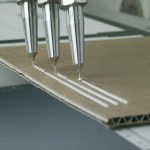En typisk veggmaling er laget av 3 hovedingredienser:
- Et bindemiddel; Dispersjonspolymer, vannbasert (akryklisk, styrenakryl, vinylacetatetylen)
- Et pigment, for det meste TiO2 (titandioksid)
- Tilsetningsstoffer; optimalisering av påføring og tørkeytelse
Bindemidlene som brukes er hovedsakelig:
- Ren akryl; kjent for sin allsidige ytelse
- Styrenakryl; kjent for sine økonomiske bruksområder
- Vinyl-acetat-etylen; for økt VOC- og CO2-reduksjon, fargestabilitet, hydrofobisk og hydrofylisk balanse.

Intercol er en erfaren VAE-formulator. Intercol har utviklet noen spesielle kvaliteter Innvendig veggmaling. Foruten VAE-kopolymerer kan VAE også terpolymeriseres med:
- Akryl; for å øke vedheft, fleksibilitet og motstand mot våt skrubbing
- Klorid; for å øke hardheten, motstanden mot våt skrubbing og flammehemming
Ved hjelp av VAE-polymerer kan det utvikles unike veggmalinger, som f.eks:
- CO2-reduserte veggmalinger med biobasert VAE og redusert eller erstattet TiO2. (Mens VAE typisk øker dekkevnen i forhold til akryl og SA.
- Maling med redusert VOC. For økt luftkvalitet
- Maling uten konserveringsmidler.
- Unike plaster
- Støtte til biobaserte byggematerialer (som cellulose)
- Øker fargestabiliteten i bruksområder som går utover veggmaling
Kontakt oss for dine spesielle behov, info@intercol.nl




